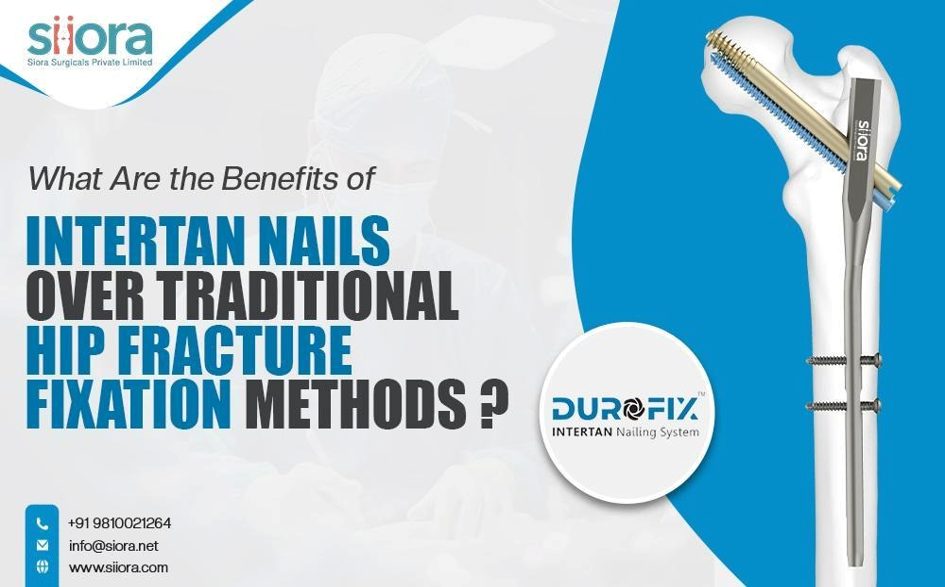
@ShahidNShah


A broken hip is a life-altering injury. For an elderly person, it’s not just a fracture; it’s a major event that can threaten their mobility and independence. The surgical fix has to be as close to perfect as possible. For years, surgeons used traditional methods like sliding hip screws (a large plate on the side of the femur) or older-generation nails. These worked, but they had weaknesses, and sometimes, they failed. The hardware could break, loosen, or cut its way out of the bone, leading to a disastrous second surgery. But then, a smarter piece of engineering came along that changed the game: the Intertan nail.
To understand why the Intertan is a big deal, you have to know what went wrong with the old methods, especially when dealing with the soft, weak bone of an elderly patient. The two big demons of hip fracture fixation were rotation and collapse.
The Intertan nail’s design directly attacks the problem of rotation head-on. Its secret weapon is a single, integrated two-screw construct. Instead of two separate screws that act independently, the Intertan uses two screws that are locked together into one solid piece. This creates a stable, rectangular shape inside the bone.
Now, try to spin a rectangle inside a circle. You can’t. It’s mechanically impossible. This brilliantly simple design provides incredible rotational stability. The femoral head is locked in place, unable to spin, creating the quiet, undisturbed environment the bone needs to heal.
That same two-screw design provides powerful protection against collapse by creating a much wider and more stable shelf to support the femoral head. It functions as an internal buttress, fighting against the downward forces that lead to sagging in the joint. As a result, the risk of a “cut-out” failure is significantly reduced, which is a crucial advantage for patients with osteoporosis, as their bones are often too soft to handle such pressure alone.
Beyond just stability, the Intertan design allows for better surgical technique. It enables the surgeon to apply powerful linear compression across the fracture site. This means they can squeeze the two broken ends of the bone together tightly—a key ingredient for promoting healing—without any risk of accidentally twisting the bone fragments. It’s a controlled, powerful squeeze that older systems just couldn’t deliver as safely.
Compared to the large plates used in traditional sliding hip screw procedures, inserting an Intertan nail is a minimally invasive surgery. It’s done through smaller incisions, which means less muscle damage, less blood loss, and often, a faster initial recovery for the patient. For a frail, elderly person, a less traumatic surgery is a huge advantage.
The Intertan nail isn’t just a minor improvement; it’s a fundamentally smarter design. It directly addresses the primary reasons that older hip fracture trauma implants failed. For the patient, this means a lower risk of needing a devastating second surgery, a more reliable fix (especially in weak bone), and a better shot at getting back on their feet. It’s a perfect example of how superior engineering leads to superior patient outcomes.

A trip to the emergency room can feel like the only option during a crisis, yet many patients leave shocked by the bill that follows. The true cost of emergency care extends far beyond the visible …
Posted Nov 10, 2025 Patient Experience Healthcare Costs
Connecting innovation decision makers to authoritative information, institutions, people and insights.
Medigy accurately delivers healthcare and technology information, news and insight from around the world.
Medigy surfaces the world's best crowdsourced health tech offerings with social interactions and peer reviews.
© 2025 Netspective Foundation, Inc. All Rights Reserved.
Built on Dec 12, 2025 at 1:25pm